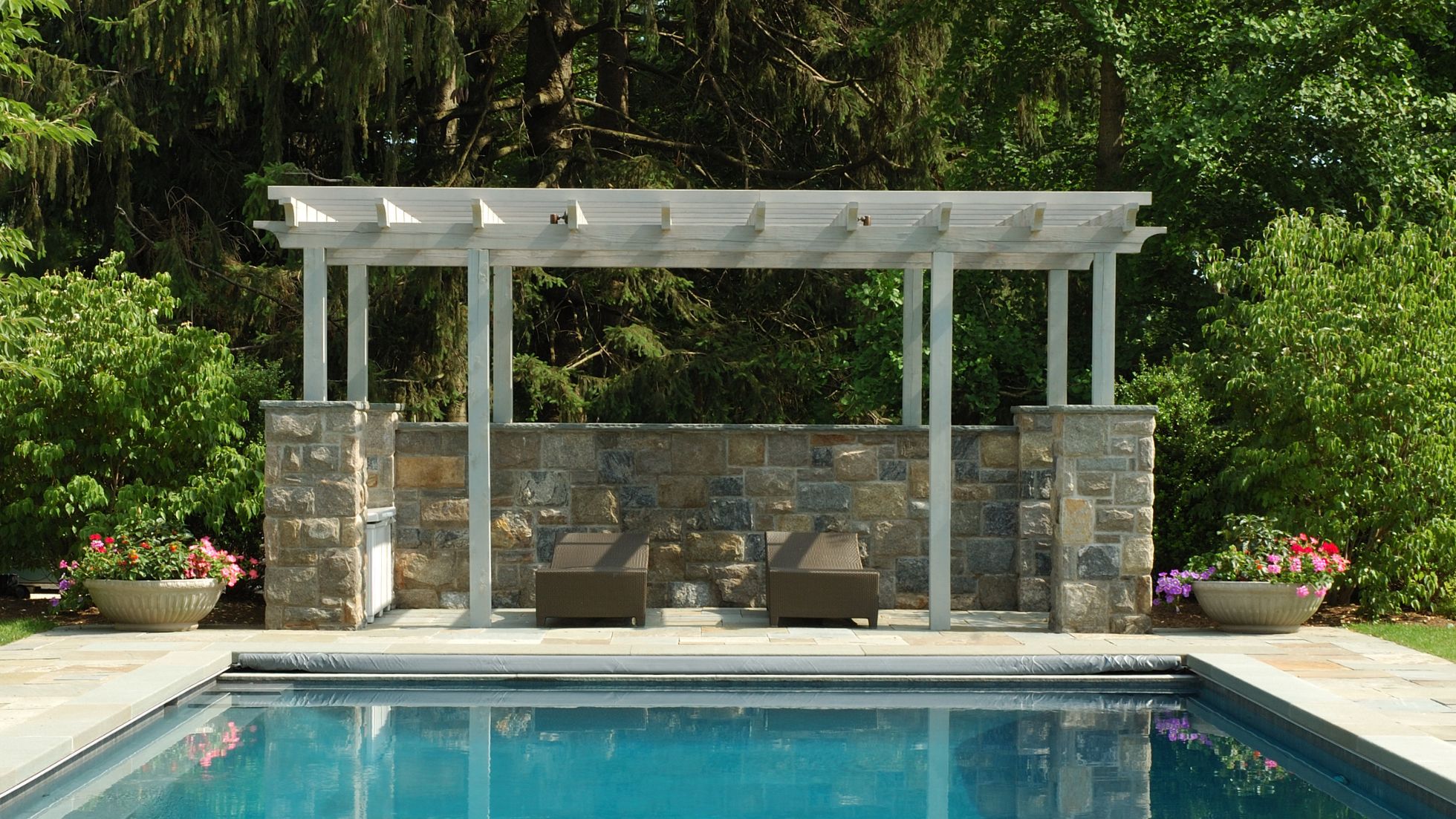Spring is here, and with it comes warmer weather, longer days, and, unfortunately, that fine yellow dust that gets everywhere—including your pool. If you’ve ever walked outside in the morning to find your car, patio furniture, or pool water coated in pollen, you know the struggle.
Pollen isn’t just an annoyance for allergy sufferers—it can wreak havoc on your pool chemistry, filtration system, and even contribute to algae growth if left unchecked. It’s light enough to float on the surface, fine enough to sneak through filters, and organic enough to throw off your sanitizer levels.
The good news? With a few simple strategies, you can stay ahead of pollen season and keep your pool clean and clear. Here’s how.

How Pollen Affects Your Pool
1. It Makes Your Water Look Cloudy
Pollen is so fine that it often floats on the surface instead of sinking or getting caught in your skimmer. Over time, this can give your pool a hazy or dull appearance, even if everything else is balanced.
2. It Feeds Algae
Pollen is organic, which means it contains sugars, proteins, and other nutrients—aka, exactly what algae needs to grow. If pollen sits in your pool too long, especially in warm water, it can fuel algae blooms and make your pool harder to maintain.
3. It Eats Up Your Chlorine
Your sanitizer (chlorine, bromine, etc.) has to work overtime to break down pollen, just like it does with leaves, oils, and other organic material. The more pollen in your water, the more chlorine gets used up, meaning you might need to add sanitizer more frequently than usual.
4. It Can Clog Your Filter
Even though pollen is tiny, it can clump together over time, leading to blockages in your skimmer basket, pump strainer, or filter. This can slow down circulation and reduce your pool’s ability to remove debris, making the problem even worse.

How to Get Rid of Pollen in Your Pool
1. Skim and Use Your Filter Wisely
- Run your pump during peak pollen hours (usually early morning and evening) to keep the water moving and prevent buildup.
- Empty your skimmer basket and monitor filter pressure daily to prevent clogs.
- If pollen is slipping through your skimmer, try using a skimmer sock or fine mesh net to catch smaller particles.
2. Shock the Pool If Needed
- If pollen has been sitting for a while, or if your water starts to look dull, shocking the pool can help break it down faster.
- Be sure to test your water first so you’re not adding more chlorine than necessary.
3. Use a Clarifier or Enzyme Treatment
- Clarifiers like Revive help bind tiny pollen particles together, making them large enough for your filter to catch.
- Enzyme-based treatments like ENZymePRO help break down organic material (like pollen, oils, and sunscreen) so it doesn’t overload your chlorine levels.
4. Keep Your Filter Clean
- Backwash sand and DE filters as needed.
- Clean or replace your filter cartridge if it’s getting clogged.
- If pollen levels are really high, you may need to run your filter longer than usual to keep up.
5. Cover Your Pool When Possible
- If your pool is surrounded by trees and plants, a solar cover or pool cover can help prevent pollen from getting in overnight.
- Make sure to rinse the cover off before removing it so you don’t dump all that pollen straight into the water.
6. Rinse Off Surrounding Surfaces
- Pollen sticks to everything, including pool decks, furniture, and even your own skin.
- Use a hose or leaf blower to clear off nearby surfaces so pollen isn’t constantly being blown into the pool.
- If you’ve been outside for a while, rinse off before jumping in to avoid bringing extra pollen into the water.
Final Thoughts: Stay Ahead of Pollen Season
Pollen may be an unavoidable part of spring, but it doesn’t have to ruin your pool’s water clarity or chemistry. By skimming, filtering, shocking when necessary, and using clarifiers or enzymes like Revive and or ENZymePRO, you can keep your water crystal clear and algae-free.
Next Steps:
- Check and clean your skimmer basket and filter as needed.
- Shock the pool if pollen buildup makes your water look dull.
- Use a clarifier, like Revive, or Enzyme cleaner, like ENZymePRO if pollen is persistent.
- Run your filter longer when pollen levels are high.
- Cover your pool when not in use to minimize pollen exposure.
With a little extra attention during peak pollen season, you can keep your pool looking its best—without spending extra time or effort battling pollen buildup.
